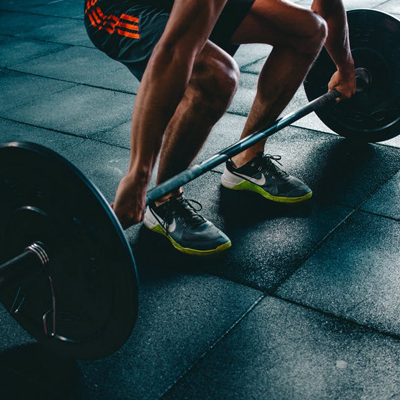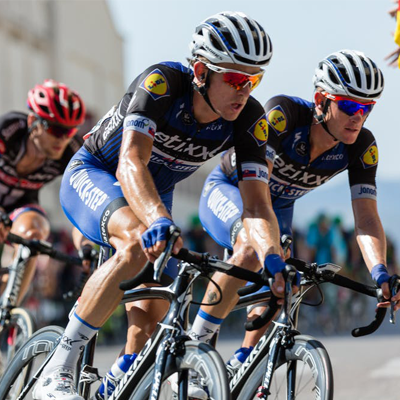Physio & Rehab for Sports Injuries In Singapore
Participating in sports can improve usual fitness and fitness, however, it additionally increases the risk of injuries because of the physical needs placed on the body. When confronted with a sports activities-related harm, proper rehab for sports injuries is critical for a full recovery, allowing athletes to go back to their sports properly. Rehabilitation helps restore electricity, flexibility, and mobility, making sure that the body is prepared for a smooth back to sports activities, and enjoy whilst minimizing the risk of re-damage. With the proper method, athletes can regain their form and go back to their game with self-assurance.

Our Approach To Sports Injury & Rehabilitation
Our physiotherapists specialise in assessing and providing sports rehabilitation for a wide range of sports injuries.
Beyond focusing on restoring your body to full function as quickly as possible, sports physiotherapy is also dedicated to reducing inflammation, managing pain from your injury, improving cardiovascular fitness during your recovery, strengthening weakened muscle groups, and minimising the risk of similar injuries in the future.
As part of our comprehensive rehabilitation services, your physiotherapist will design an exercise programme tailored to the severity of your injury and your current recovery stage. When creating your individualised injury management plan, several factors are taken into consideration, such as:
- Frequency: The number of times per day or week you should complete your rehabilitation programme.
- Intensity: The level of exertion required and how much exercise you should be doing.
- Duration: The recommended length for each exercise session.
- Type: The best type of exercise for your specific injury rehabilitation (e.g., aerobic, strength, or resistance training).
Additionally, our services also include running analysis to assess your movement patterns and provide further insight into your recovery, ensuring you are on the right track to return to sport safely and effectively.
Receive Sports Physio & Rehab Today
A crucial part of creating a sports rehabilitation exercise programme is to determine the areas to progress, and to know when it will be safe to resume partial or full participation in your sport of choice.
Whatever your chosen sport may be, our dedicated team of physiotherapists at Rapid Physiocare is here to provide you with the physio and rehab you need to get back on the road to peak performance. Book an appointment today.

Frequently Asked Questions
What is the role of physiotherapy in sports injury?
Physiotherapy evaluates the injury, manages pain and swelling, restores safe movement, builds strength and balance, and provides a step-by-step plan to return to sport safely. Physiotherapists also educate on load management, warm-ups, proper techniques and tailor rehab to athlete.
What is the best treatment for sports injuries?
There’s no single “best” for every injury — early first aid (protection, rest/relative rest, ice/compression/elevation) followed by a structured rehab program (pain control, mobility, progressive strengthening, neuromuscular training) provides the best outcomes for most injuries. Surgery or injections are considered only if conservative rehab fails.
When to start rehab after an injury?
Start as soon as it’s safe — often within days to a week for soft-tissue injuries once severe bleeding/swelling is controlled. Early guided movement (not aggressive loading) speeds recovery prevents stiffness and reduces loss of function your physiotherapist will advise the right timing and progressions.
What is the hardest sports injury to recover from?
Ligament ruptures that need surgery (like ACL tears) and major tendon ruptures (Achilles) are among the longest and toughest to recover from. They often require months of rehab and careful progression to return to full sport. Complex spinal or neurological injuries are also among the most serious.
How to recover faster from a sports injury?
Helpful, evidence-based steps:
- Get an early assessment and follow a progressive rehab plan.
- Balance rest with safe movement — short, pain-limited activity improves blood flow and healing.
- Follow strength, mobility and neuromuscular exercises your physiotherapist prescribes.
Manage sleep, nutrition and weight, and avoid returning to sport too early.
Can physiotherapy be done during pain?
Yes — often. “Pain-free” is ideal, but many programs use pain-limited exercise (controlled, tolerable discomfort) to rebuild movement and strength. Sharp, worsening, or neurological pain (numbness, sudden weakness) needs to be review so stop those exercises and see your therapist.
Can I do physical therapy at home?
Yes — many rehab programs include home exercises and telehealth sessions. Home PT is effective when you follow a therapist’s program, use correct technique (ask for demos/videos), and check in regularly so progressions and form are corrected. For complex injuries, it is recommended to attend for some sessions in the clinic for more supervision.

